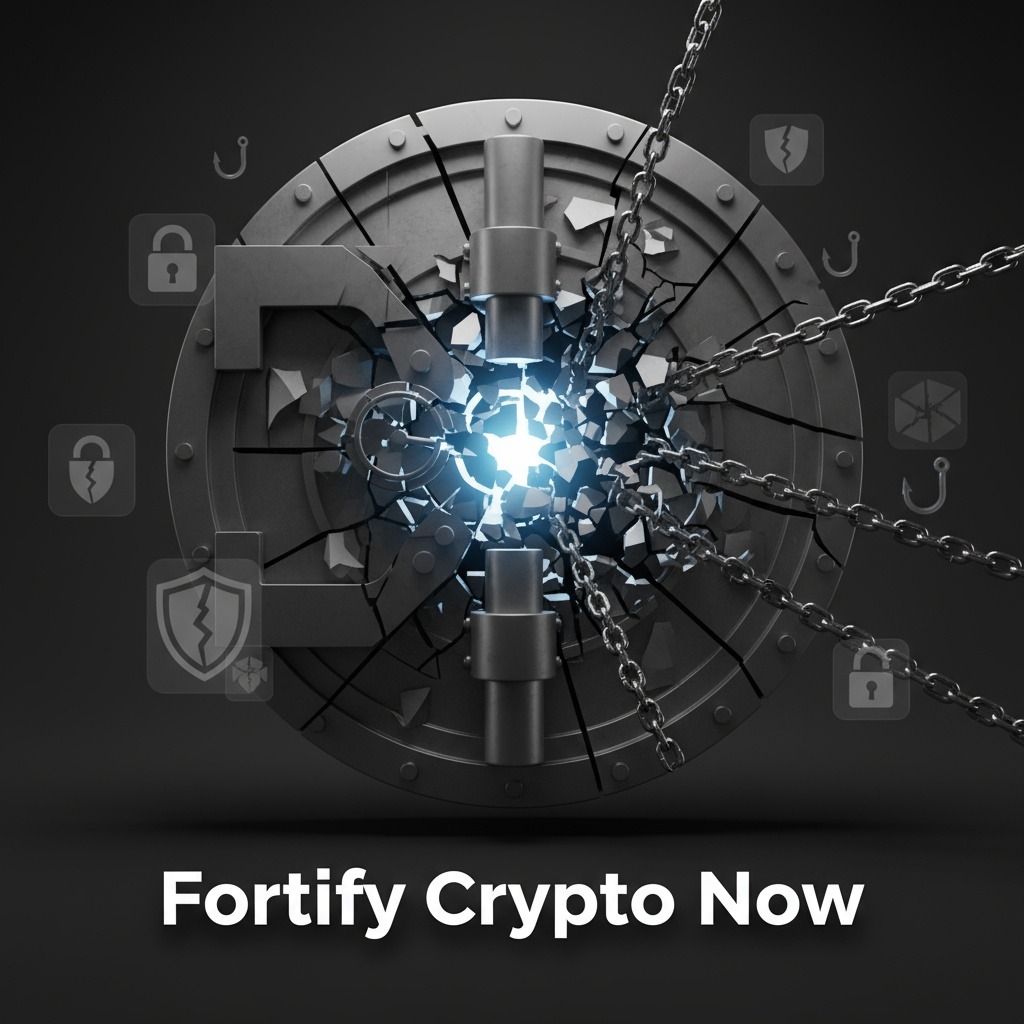In the first half of 2025, cryptocurrency thefts have surged dramatically, with over $2.4 billion stolen across more than 300 reported incidents. This figure has already eclipsed the total losses recorded throughout 2024, underscoring the escalating challenge of securing digital assets. While some high-profile breaches, such as the Bybit hack linked to North Korean actors, have contributed to the spike, the majority of losses stem from common vulnerabilities rather than sophisticated exploits.
Many crypto holders fall victim to straightforward but effective scams, including phishing attempts, fraudulent wallet approval requests, SIM swap attacks, and impersonations through fake support channels. However, enhancing security does not require expert-level knowledge. Implementing a few fundamental practices can significantly reduce the risk of loss and strengthen overall protection.
1. Replace SMS-Based Authentication with Phishing-Resistant 2FA
SMS codes remain a weak link for many users, especially due to the prevalence of SIM swapping—where attackers hijack phone numbers to intercept verification messages. Authorities like the U.S. Cybersecurity and Infrastructure Security Agency recommend switching to multi-factor authentication methods less vulnerable to interception. Hardware security keys and platform passkeys provide stronger barriers against phishing and push-based authentication scams. Crypto users should prioritize securing critical accounts, such as email, exchange logins, and password managers, with these robust 2FA options. Complement this by using long, unique passphrases, storing backup codes securely offline, and enabling withdrawal whitelists so funds can only be moved to approved addresses.
2. Practice Vigilance with Transaction Signing
A significant number of asset drains arise not from technical hacking but from user errors—specifically, approving dangerous wallet permissions inadvertently. Some malicious actors fool users into granting unlimited spending access or signing deceptive transactions that allow repeated withdrawals without further consent. Users should carefully scrutinize all signature requests, paying close attention to common triggers like “setApprovalForAll” or indefinite “approve” commands. When testing new decentralized applications (DApps), it is prudent to use separate burner wallets for risky operations while safeguarding main holdings in dedicated vault wallets. Regularly revoking unused permissions with tools such as Revoke.cash adds an extra layer of defense against unwanted access.
3. Segregate Funds with Hot and Cold Wallets
Segmenting assets between hot and cold wallets mirrors the approach of separating spending and savings in traditional banking. Hot wallets function as transactional accounts, enabling frequent interactions and spending, but they remain vulnerable to online threats. Conversely, cold storage wallets—including hardware devices and multisignature setups—keep private keys offline, drastically minimizing exposure to malware and phishing. Seed phrases should be recorded safely on physical media like paper or steel rather than digital devices or cloud services. Before transferring significant amounts, users should confirm their recovery procedure by restoring a test wallet. Advanced users may incorporate a BIP-39 passphrase for enhanced security, noting that its loss results in permanent asset inaccessibility. For high-value accounts or collective treasuries, multisignature wallets requiring multiple approvals per transaction provide enhanced control and security.
By embracing these foundational security practices, crypto users can significantly reduce the likelihood of falling prey to scams and hacks. Awareness, cautious transaction management, and strategic wallet use are key to safeguarding digital assets in an increasingly targeted environment.



